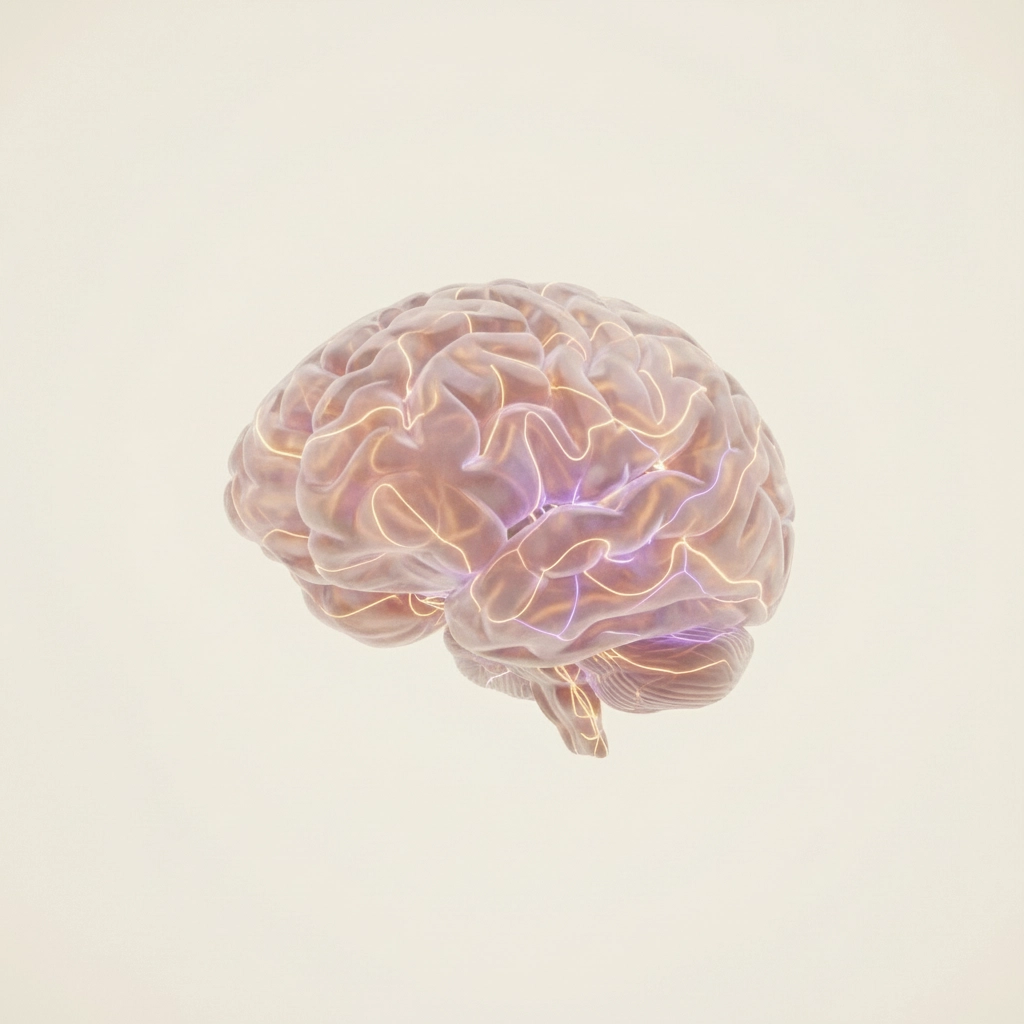The Weight of Grief: When it's hard to move on...
- davidpartnertech
- Nov 10
- 3 min read
Updated: Nov 12
Losing someone, going through a big life change, like a separation or a new job, can be overwhelming. Sometimes you grieve for old friends, or old dreams, and sometimes it can feel like it's never going to get better. Here's why some of us have a harder time than others in "moving on".
Grief is a whole-system neurobiological process involving brain, body, and behavior. Understanding the underlying mechanisms explains why symptoms can include changes in pain sensitivity, breathing, sleep, and energy.
When Your Brain Meets Loss
Your brain doesn't distinguish between physical and emotional pain. When grief hits, the same neural pathways light up as when you're physically injured. The anterior cingulate cortex and the right ventral prefrontal cortex: areas that process physical hurt: become hyperactive during moments of intense grieving.
This isn't poetic language. It's literal neuroscience. Your brain is treating your loss like a wound because, in many ways, it is one. This overlap helps explain why grief can amplify chronic pain and why stress and pain management often travel together.

The attachment system in your brain, developed over millions of years to keep us connected to those we love, suddenly finds itself reaching for someone who isn't there. It's like a phantom limb: your nervous system keeps expecting to find what's missing, creating a neurological discord that manifests as that achingly familiar sensation of searching for someone who's gone.
The Somatic Weight of Sorrow
Grief lives in your body long before your mind catches up. You might notice:
Your shoulders carrying invisible weight
Your chest feeling hollow or compressed
Your throat closing around words you can't speak
Your legs feeling too heavy to move
The vagus nerve, that crucial connector between brain and body, often goes into a protective shutdown during intense grief. Heart rate variability decreases. Breathing becomes shallow. Your system quite literally contracts around the loss, as if making yourself smaller might make the pain smaller too.
But this somatic response serves a purpose. Your body is creating a cocoon of protection, allowing you to metabolize an experience that might otherwise overwhelm your capacity to function. These responses are adaptive, body-based processing that are best supported—not forced—through gentle, paced engagement with experience.
The Neuroplasticity of Grief
Here's what's remarkable: your brain is actually rewiring itself through grief. Neuroplasticity doesn't pause for sorrow: it accelerates during emotional intensity. Each wave of grief is your brain learning new neural pathways, slowly updating the internal map of your world to reflect this new reality.
The hippocampus, responsible for memory formation, works overtime during grief, constantly trying to make sense of memories that feel simultaneously precious and painful. Meanwhile, the prefrontal cortex struggles to regulate the emotional storms generated by the limbic system.
This neurological chaos isn't a malfunction: it's adaptation in real-time. These plastic changes support the brain's ability to adapt to loss over time.

Supporting Your System Through the Waves
Grief comes in waves because your nervous system can only process so much at once. The intensity ebbs and flows as your brain titrates the experience, giving you manageable doses of this overwhelming transition.
Honor these waves instead of fighting them. Neuroscience describes this as natural oscillation—allowing the autonomic nervous system to move between activation and rest so integration can occur.

Practical Support for Your Nervous System
If you'd like simple neurosomatic ways to support your system, try these at your own pace:
When grief swells, breathe with it instead of bracing against it
When it recedes, rest instead of feeling guilty about momentary relief
Notice that you can feel multiple things simultaneously: grief and gratitude, loss and love, sorrow and even fleeting moments of peace
If chronic pain flares, treat it as a sign of increased threat load: reduce demands, add safety cues (warmth, soothing breath), and move gently
NeuroSomatic practices rely on slow, conscious attention and gentle movement that help your brain and body integrate experience safely.
Call to action If this article resonated, or if you'd like to try NeuroSomatic Therapy, Book a Free Call Today


Comments